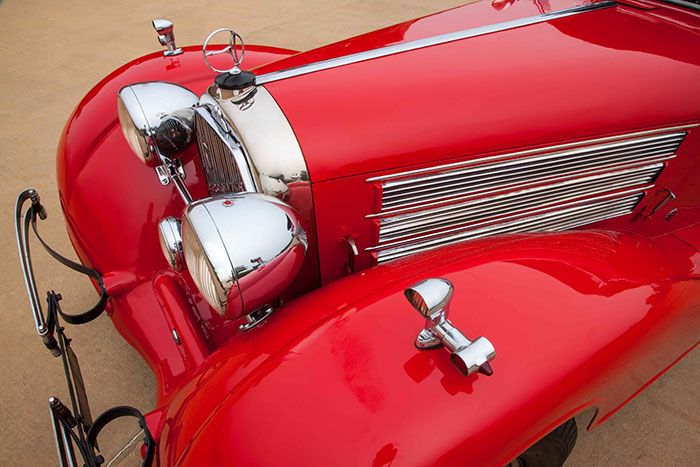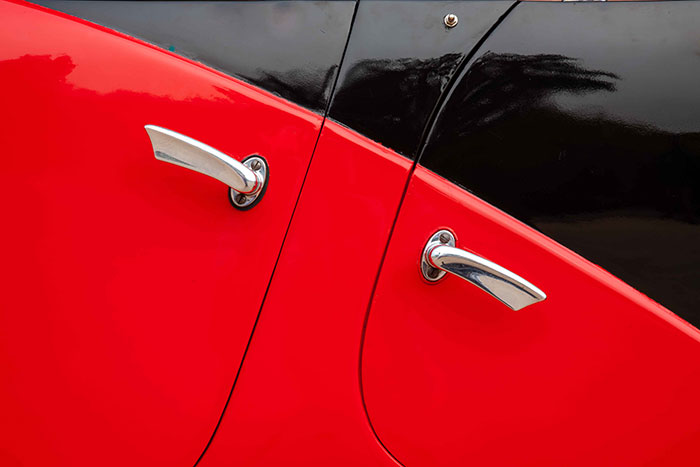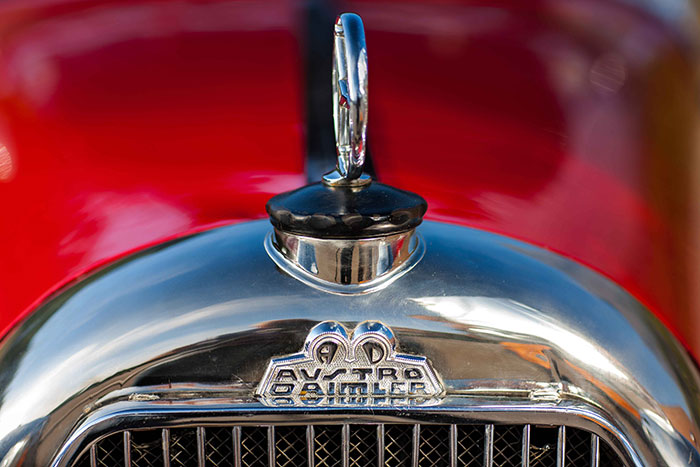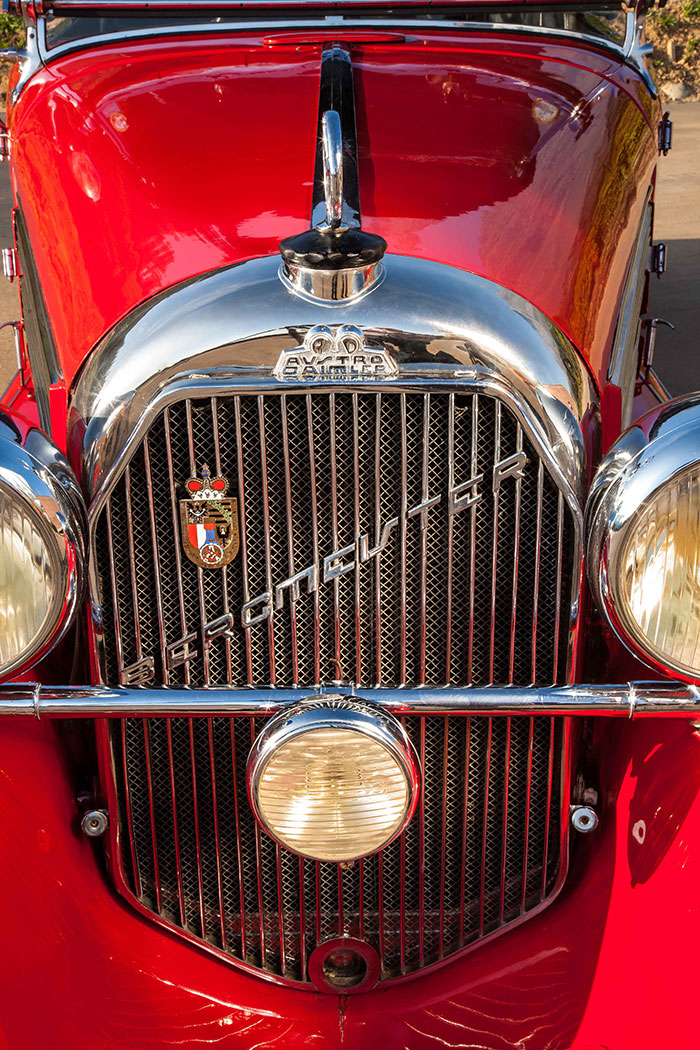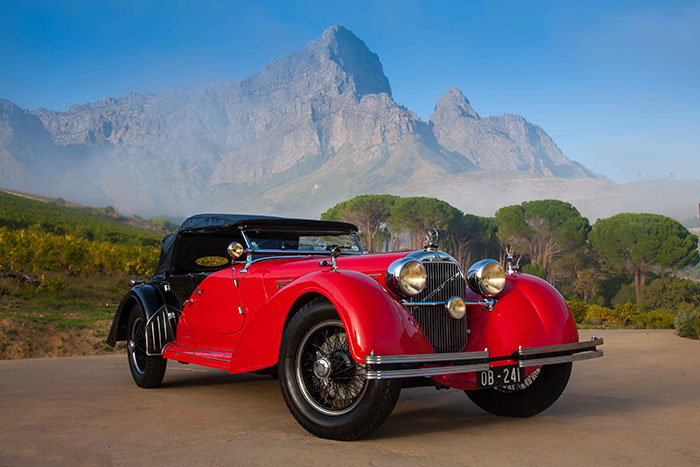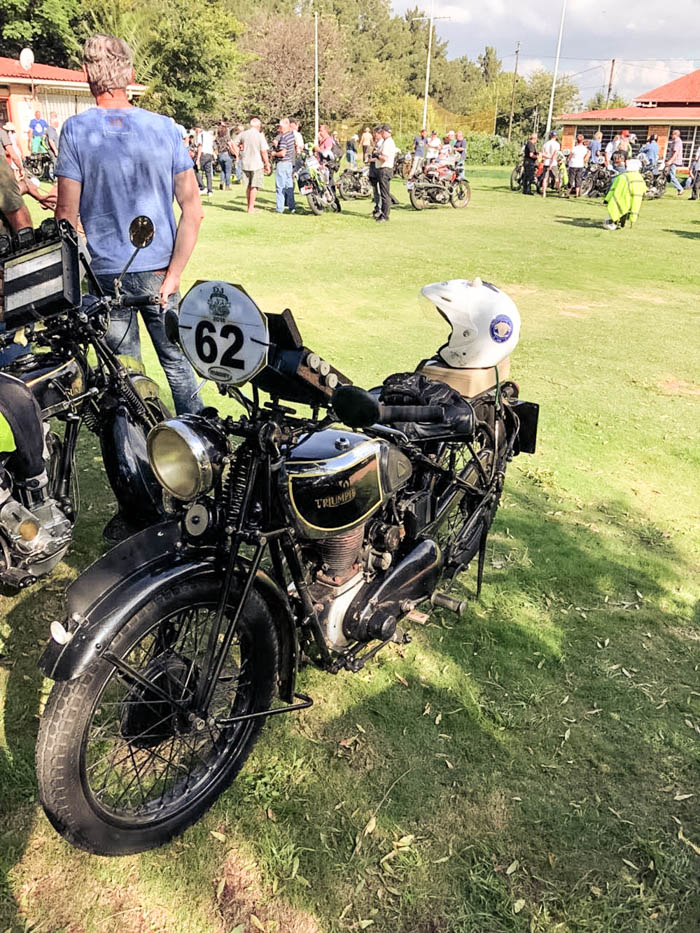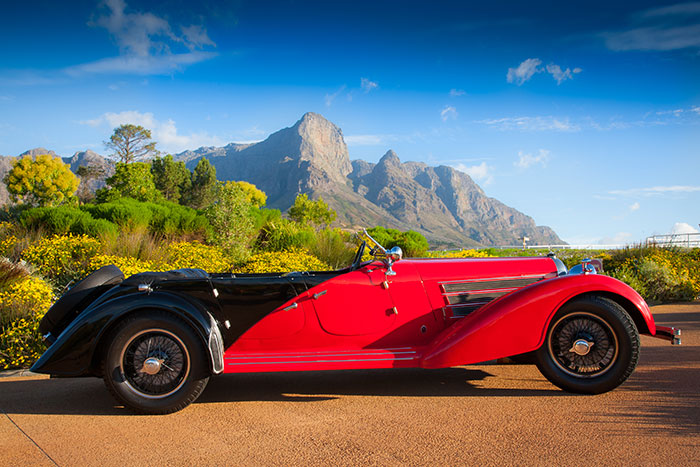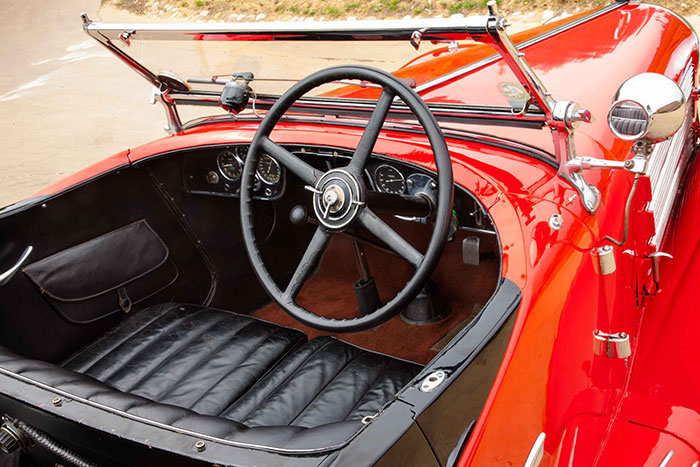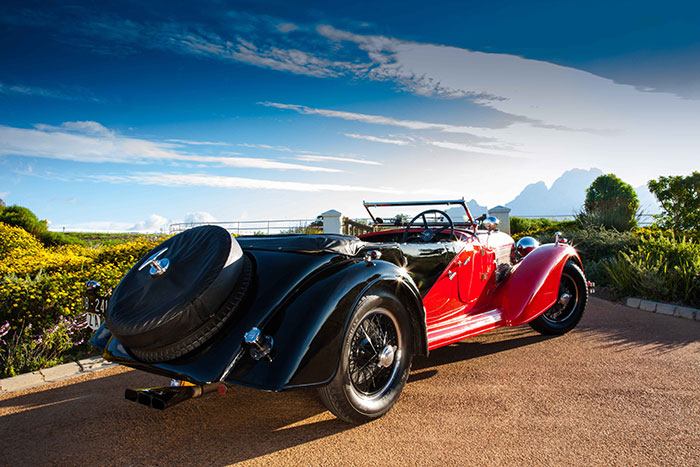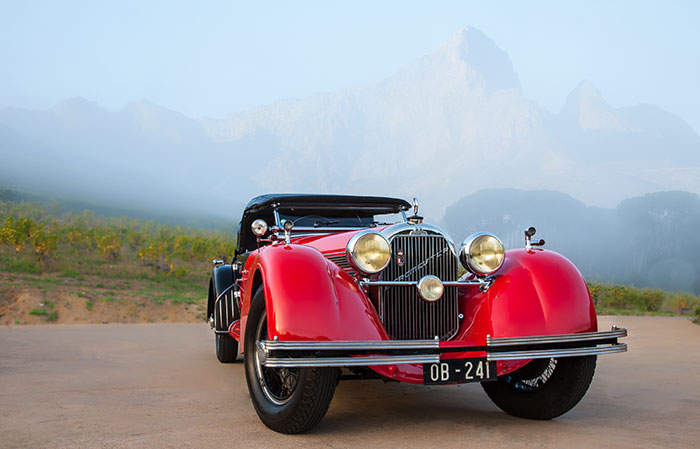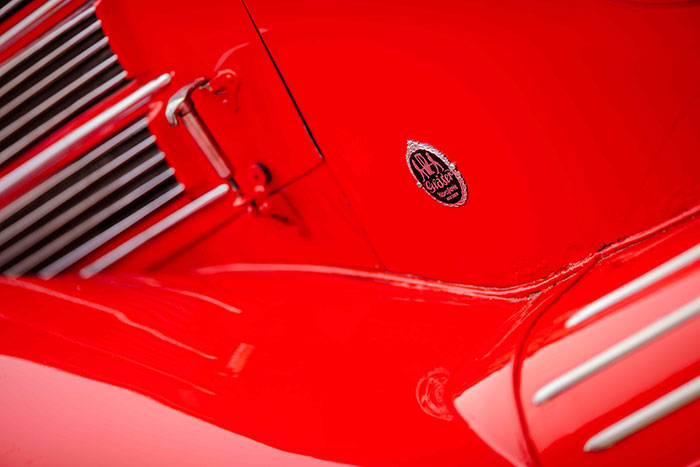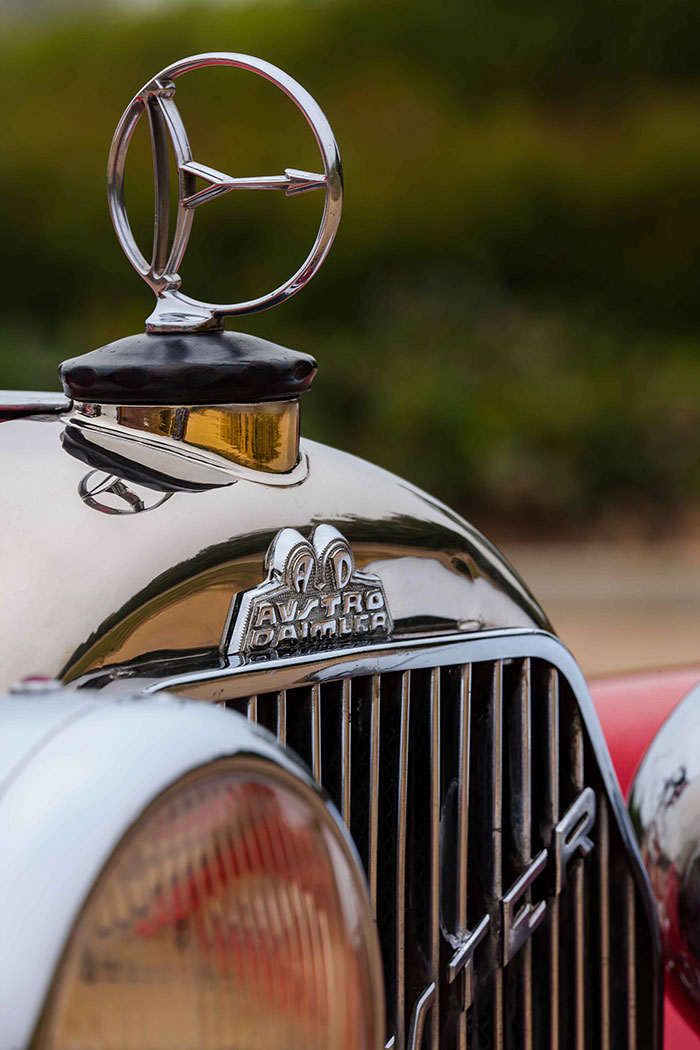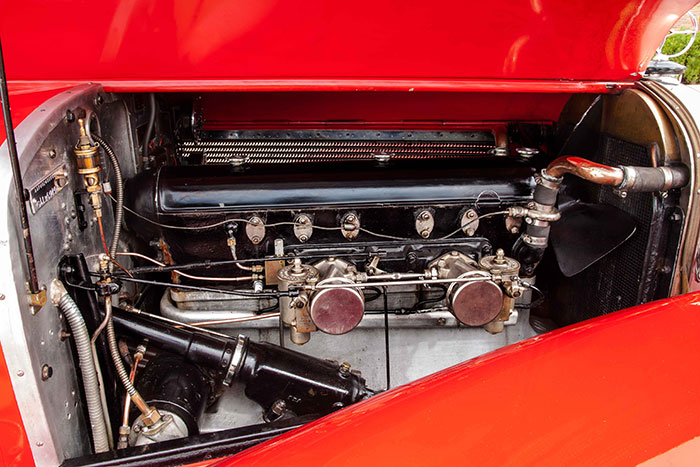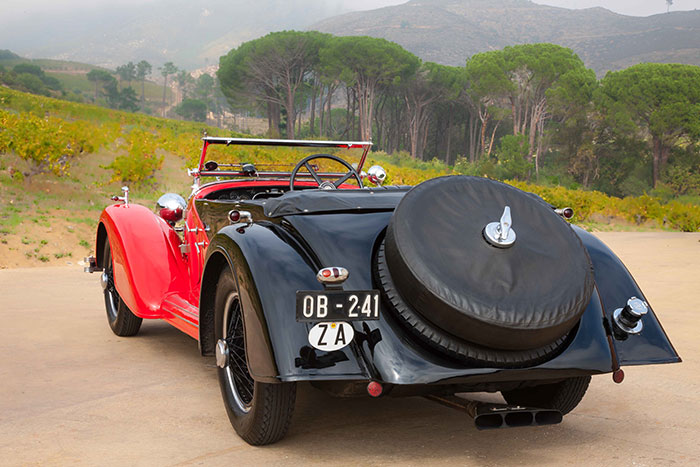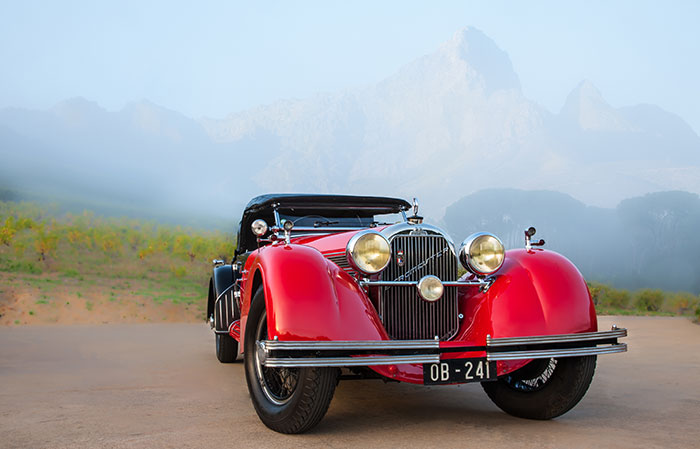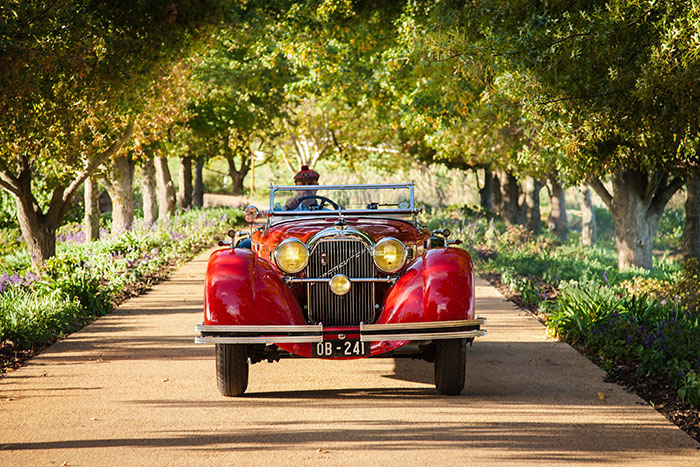
28 Mar Collection in action: Austro-Daimler
The story behind one of the last models to emerge from Austria’s premier motor manufacturer
Since the turn of the last century, Austria has had just three motor car manufacturers – Austro-Daimler, Steyr and, on a much smaller scale, Puch. Not surprisingly, the country’s close relationship with influential neighbours Germany played a part in the creation and development of all these brands, including the 37-year rise and fall of prestige brand Austro-Daimler. The car featured here represents one of its finest achievements.
The company was founded in 1899 when Daimler established the Daimler Motors Corporation (DMG) in Vienna to produce around 100 copy-cat Daimlers annually, a move that made DMG the auto industry’s first multi-national. In 1905, Ferdinand Porsche replaced Gottlieb Daimler’s son Paul as a director and on 27 July 1906 the company became a separate financial entity, heralding a rise in status and popularity and was re-named Austro-Daimler.
In 1909 Porsche was responsible for it gaining independence from DMG ownership, and during the years preceding WW1, a number of new motor cars appeared. After the war, Austro-Daimler returned to car production with predominantly luxurious tourers, but the company fell into a slow financial decline. Porsche left in 1923 to join DMG in Stuttgart, but had laid the foundation for the new ADM model that proved to be a tour de force. This was developed into the ADR and, later, ADR Sport by Porsche’s successor, fellow Austrian Karl Rabe.
These cars proved to be competitive in motor sport, winning 70 races during 1924-25 and in 1926 a modified version lapped Brooklands at over 100 mph (161 km/h). Austro-Daimlers won the team prize in the prestigious 1924 Alpine Trial and in the 1928 Tourist Trophy. Hans Stuck Snr in particular achieved some outstanding results, winning 46 events and setting fastest time of the day seven times in 1927, fourteen in 1928 and nine in 1929. He won the Swiss Hillclimb Championship in 1928, the Austrian title in 1929 and the first European Mountain Championship in 1930. That same year he set FTD at Britain’s Shelsley Walsh Hillclimb with a time of 42,8 seconds, which was not bettered until 1933.
Then in 1932 the more advanced ADR Bergmeister appeared, based on the ADR Sport but with a tubular backbone chassis and swing-axle independent rear suspension. This particular layout so resembled Hans Ledwinka’s design for Tatra that the Czechoslovakian company attempted to take legal action against Austro-Daimler…
Nevertheless, in place of the ADR’s three-litre engine, the Bergmeister boasted a new 3 614 cm3 straight-six under the lengthy bonnet. The engine’s aluminium crankcase housed a three-bearing crankshaft, and the single overhead-cam was shaft driven and propelled the cooling fan. A combination of Bosch magneto and battery ignition was used with two plugs per cylinder. With twin Zenith side-draught carburettors and a 7,3:1 compression ratio, maximum power was 89,5 kW (120 hp) at 3 600 r/min. Mated with a four-speed gearbox, top speed was around 140 km/h although the engine was torquey enough to allow the car to drop down to 10 km/h in the 1:1 fourth gear: 10-100 km/h in top gear took 23 seconds. Fuel consumption? Around 20 litres/100 km from a 100-litre tank…
But the Austro-Daimler’s strongpoint was roadholding, thanks in the main to the forked tubular backbone chassis with a special floating rear axle designed to prevent camber and toe-in changes. Suspension was by half- and quarter-elliptic springs up front, and the special floating rear axle had a centre-pivot transverse spring with wheels independently sprung on cantilever springs. The wheelbase was 3 500 mm with front and rear tracks of 1 410 and 1470 mm, respectively. Rudge-Whitworth wire-spoke wheels were fitted with 650×20 tyres with two spares attached to the rear of the bodywork. Huge mechanical drum brakes were used on all four wheels, and the handbrake operated on the rears.
Although competitive in motor sport, the Bergmeister was conceived as an elegant sports car not a race car, and FMM’s example is thought to be the last to be built. Sadly, during wartime the company’s records were destroyed so it is not known for sure how many were made, the most common estimate being four. This car’s two-tone bodywork is by Gläser Karosserie of Dresden and the bespoke cabriolet was completed in 1934.
This car was shown at the 1934 Vienna Auto Show from where it was purchased by Boytjie Marais and imported to Cape Town. It was later sold to biscuit manufacturer D E Baumann and then became part of Waldie Greyvensteyn’s discerning collection in Bloemfontein before joining the FMM collection. The striking red-and-black paintwork with the dividing line swooping down from the base of the windscreen is quite dramatic, and partially disguises the cars almost five-metre length. The louvered bonnet, stylish fenders and running boards are proportionately perfect and the offset door handles add a neat detail touch. The radiator grille, often a distinctive item on prestige brands, is rather imposing.
The doors are not particularly large but access is easy enough; legroom is far from generous. The large four-spoke steering wheel is set at a comfortable angle – and it is worth noting that this car is right-hand drive as Austrians drove on the left in the 1930s. Thankfully there is plenty of room in the footwell around the pedals, which has the accelerator in the middle. Depress the floor-mounted starter button and the engine starts immediately – and oh-so-smoothly. Engage first with the long, ball-and-socket gear shift and the near-two-ton Bergmeister pulls away with utter ease. Within a few hundred metres, this car’s solidity is already apparent and once on winding roads its manoeuvrability shines through – no wonder its predecessors were a sporting success. For a car more than eight decades old, this Bergmeister is remarkably solid and once into top gear, the almost complete lack of mechanical fuss endorses the car’s raison d’être – a premium sports car built for cruising by the wealthy.
And at the time, that was the problem. The Great Depression was in full swing and although the struggling Austro-Daimler company became part of the Steyr-Daimler-Puch conglomerate in 1934, the writing was already on the wall, and it closed down in 1936. The Bergmeister is probably the jewel in the crown of a company whose products and presence has all but been lost to history.
